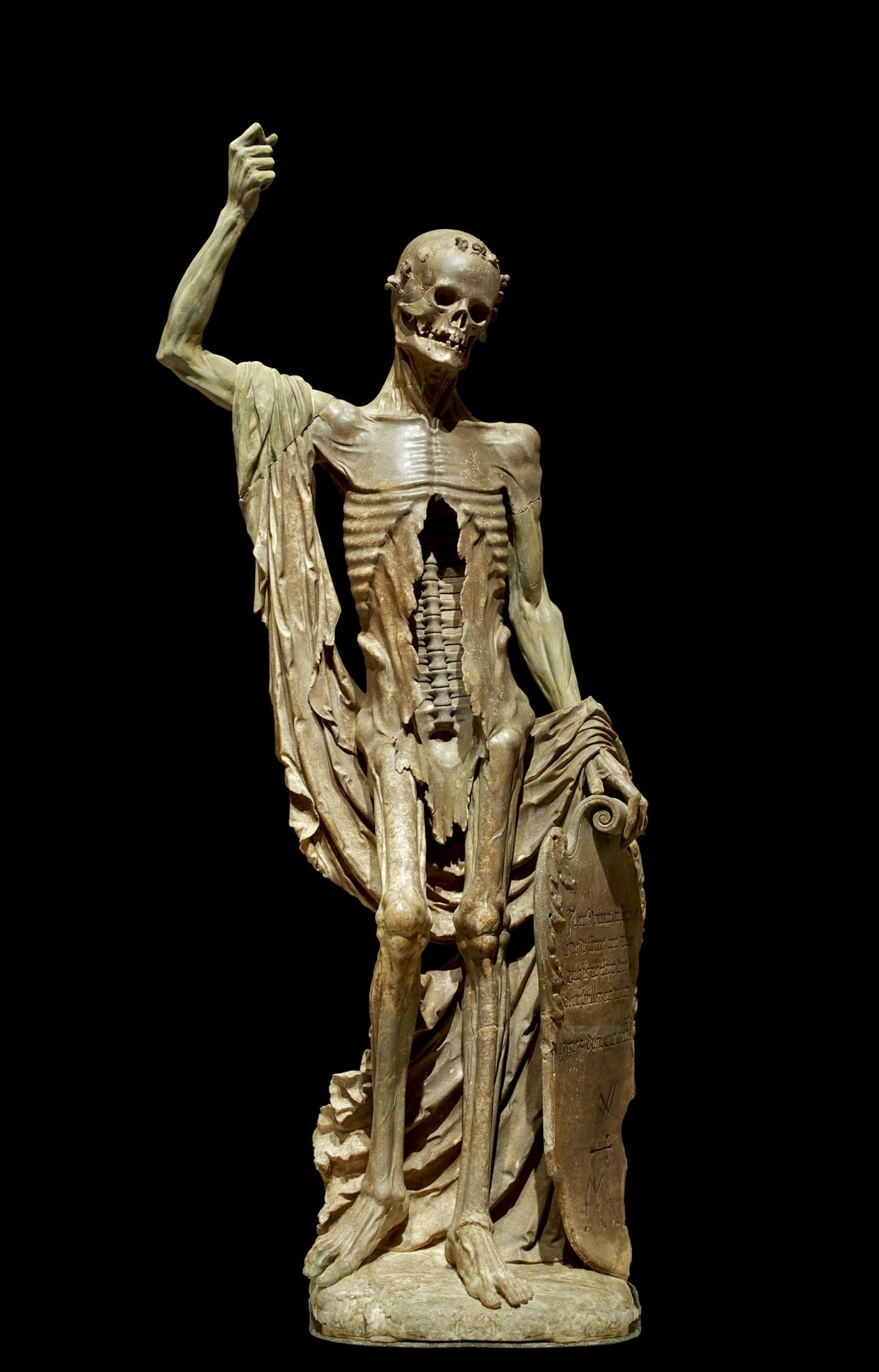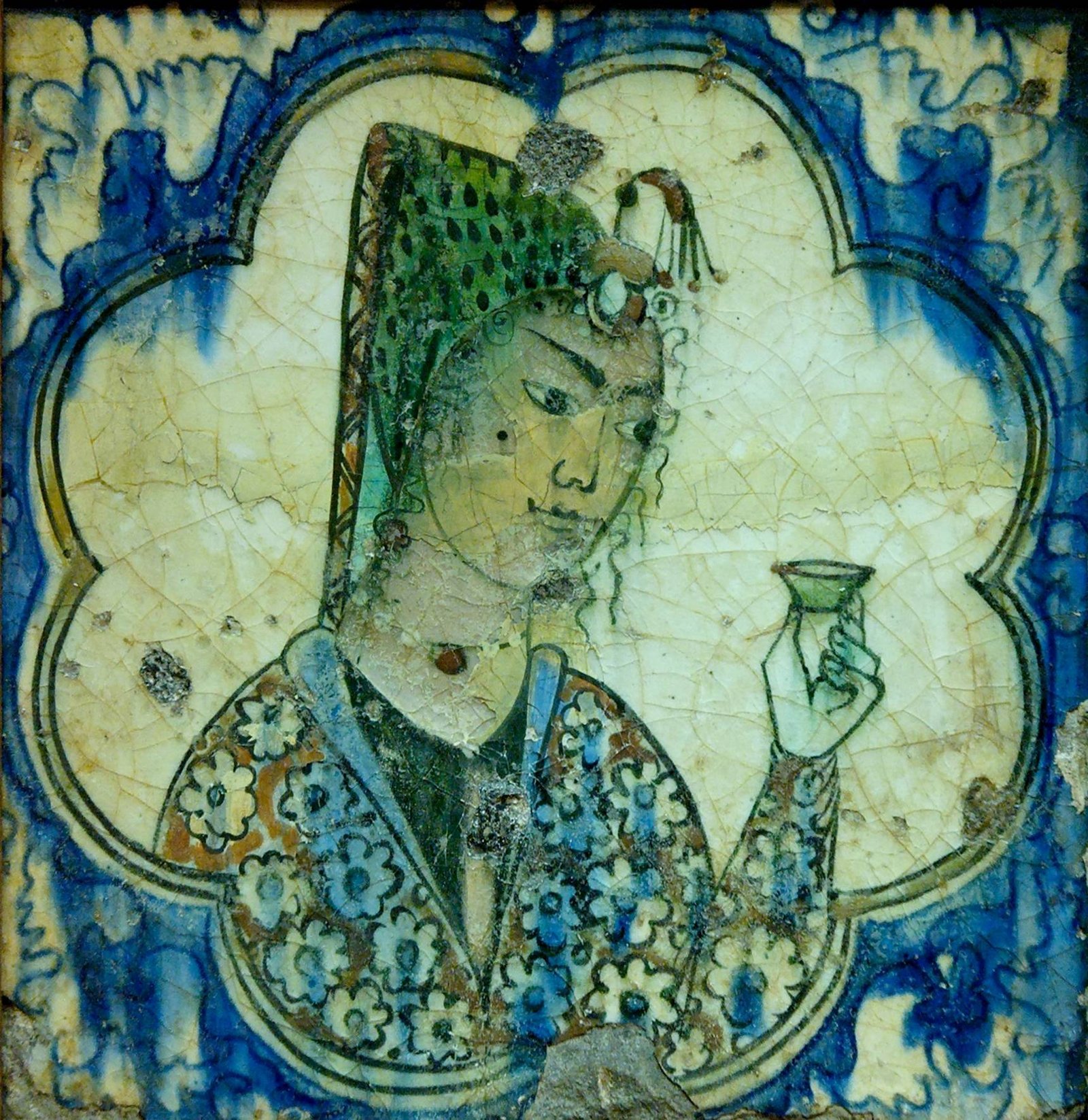The Louvre Museum Mona Lisa Room, officially known as the Salle des États, is a focal point of the world’s most visited museum. Housing Leonardo da Vinci’s masterpiece, this room attracts millions of visitors annually. The Mona Lisa, a relatively small painting measuring 77 x 53 cm, is displayed behind bulletproof glass and surrounded by sophisticated security measures. Despite its modest size, the painting’s enigmatic smile and Leonardo’s revolutionary techniques continue to captivate art enthusiasts and casual visitors alike.
The Salle des États, where the Mona Lisa resides, has a rich history intertwined with the Louvre’s transformation from a royal palace to a public museum. Originally part of the Denon Wing, this room has undergone several renovations to accommodate the growing number of visitors eager to see the world’s most famous painting.
How Has the Room Evolved Over Time?

- 1793: The Louvre opens as a public museum
- 1911: The Mona Lisa is stolen, sparking worldwide attention
- 1913: The painting is recovered and returned to the Louvre
- 2005: Major renovation of the Salle des États to improve visitor experience
- 2019: Announcement of plans to move the Mona Lisa to a separate room
What Are the Key Features of the Louvre Museum Mona Lisa Room?
The Salle des États is designed to showcase not only the Mona Lisa but also other masterpieces of Italian Renaissance art. Here are some notable aspects:
- Lighting: Specially designed to enhance viewing while protecting the artworks
- Security: State-of-the-art systems to safeguard the priceless paintings
- Crowd management: Barriers and designated viewing areas to control visitor flow
- Information panels: Multilingual descriptions providing context and history
How is the Mona Lisa Displayed?

The Mona Lisa is housed in a climate-controlled, bulletproof enclosure that maintains optimal temperature and humidity levels. The painting is mounted on a specially designed wall that can absorb vibrations and minimize environmental impacts.
| Feature | Description |
|---|---|
| Enclosure | Bulletproof, climate-controlled |
| Mounting | Vibration-absorbing wall |
| Viewing Distance | Approximately 15 feet from visitors |
| Lighting | Non-reflective, UV-filtered |
What Should Visitors Know Before Visiting the Louvre Museum Mona Lisa Room?
Preparation is key to fully appreciating your visit to the Mona Lisa room. Here are some essential tips:
When is the Best Time to Visit?
To avoid the largest crowds, consider visiting:
- Early morning, right when the museum opens
- Late afternoon, about two hours before closing
- Wednesdays and Fridays, when the museum has extended hours
What Are the Photography Rules?
Photography is allowed in the Mona Lisa room, but with certain restrictions:
- No flash photography
- No tripods or selfie sticks
- Personal, non-commercial use only
How Can Visitors Maximize Their Experience?
- Purchase tickets in advance to avoid long queues
- Use the Louvre’s interactive map to plan your route
- Consider a guided tour for in-depth information
- Allocate enough time to appreciate other artworks in the room
What Other Artworks Are in the Louvre Museum Mona Lisa Room?
While the Mona Lisa is the star attraction, the Salle des États houses several other masterpieces:
- The Wedding Feast at Cana by Paolo Veronese
- The Coronation of Napoleon by Jacques-Louis David
- Various works by Titian, including The Pastoral Concert
These paintings provide context for the artistic period and offer visitors a chance to appreciate other significant works without the intense crowds surrounding the Mona Lisa.
How Does the Louvre Manage Crowds in the Mona Lisa Room?
Crowd management is a significant challenge in the Mona Lisa room. The Louvre employs several strategies:
- Timed entry tickets
- Designated viewing areas with clear pathways
- Staff members to guide visitor flow
- Digital queuing systems during peak times
What Are the Future Plans for the Mona Lisa Room?
The Louvre has announced plans to create a separate, subterranean room for the Mona Lisa. This move aims to:
- Improve the viewing experience
- Reduce congestion in the Salle des États
- Allow for more innovative display techniques
The exact timeline and details of this project are still in development.
Why is the Mona Lisa So Famous?
The Mona Lisa’s fame stems from a combination of factors:
- Leonardo da Vinci’s revolutionary techniques
- The enigmatic smile and gaze of the subject
- Its tumultuous history, including theft and vandalism attempts
- Extensive media coverage and pop culture references
What Makes the Painting Unique?
- Sfumato technique: Subtle gradations creating a soft, hazy effect
- Innovative composition: Three-quarter view portrait
- Mysterious background: Imaginary landscape adding depth
- Optical illusion: The smile appears to change based on viewing angle
The Louvre Museum Mona Lisa Room offers visitors a chance to see one of the world’s most recognizable artworks in person. While the crowds can be overwhelming, proper planning and an appreciation for the room’s other masterpieces can make for an unforgettable experience. As the Louvre continues to evolve its presentation of this iconic painting, the allure of the Mona Lisa and its enigmatic smile remains as strong as ever.
References:
1. Mona Lisa — Discovering da Vinci
2. Musée du Louvre – Mona Lisa – Projects – Goppion
3. 10 Secrets of The Mona Lisa by Leonardo da Vinci

